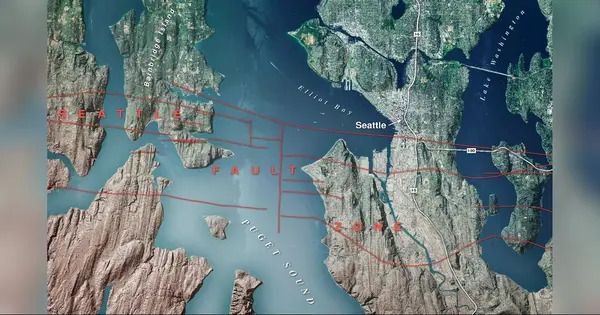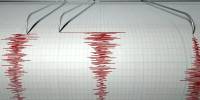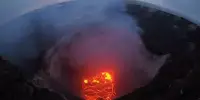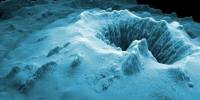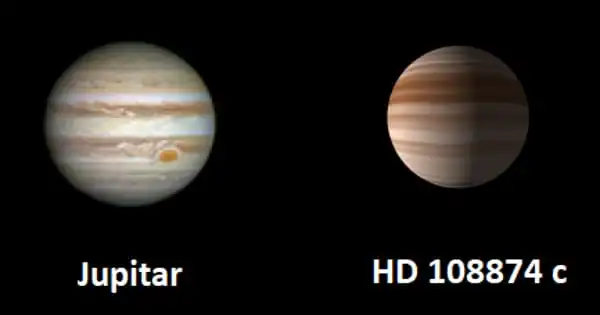The Seattle fault zone is a network of shallow faults that cut through Puget Sound’s lowlands, threatening to cause devastating earthquakes for the city’s more than four million residents. A fresh origin story, offered in a new study, could help scientists better understand the fault system’s early history and enhance hazard modeling for the highly populated region. The work was published in Tectonics, the American Geophysical Union’s magazine for research on the evolution, structure, and change of Earth’s crust and upper mantle.
The Seattle fault is currently active due to forces put on the region by ongoing tectonic deformation to the west and south, but this was not always the case. Washington in the Eocene looked very different than it does today, with a coastline far east of Seattle and a chain of volcanic islands dotting the horizon offshore.
According to the study, some 55 million years ago, the island chain was drawn nearer the continent. As it collided with the North American plate, some of it traveled up and over the crust, while the rest was pulled beneath it. Between these two pieces, the crust would have been strained and torn. That ancient tear zone set the geologic stage for the modern Seattle fault, the study authors posit.
“It was a total surprise,” said Megan Anderson, a geophysicist with the Washington Geological Survey and lead author of the study. “It wasn’t something we were going for originally, but our results predict a major ancient fault where the Seattle fault is today.”
“There’s a lot more uncertainty about the Seattle fault than, for example, the San Andreas fault. The Seattle fault could generate something like a magnitude 7.2 earthquake, and we want to be prepared for it. There’s still a lot to learn so that engineering geologists can do better simulations for earthquakes and understand the potential risks to our communities.
Megan Anderson
A massive mystery
The Pacific Northwest is just inland from the Cascadia subduction zone, where dense oceanic crust is dragged beneath the continent. In 1700, a subduction zone rupture of about 1000 kilometers (620 miles) caused a huge quake of magnitudes 8.7 to 9.2; lesser quakes struck the region throughout the 1900s, most recently during the 2001 Nisqually earthquake. The Seattle fault ruptured significantly between 923 and 924 AD, according to local Indigenous oral tales and geologic data along the Puget Sound shoreline.
Despite the region’s seismic activity, scientists did not begin to examine the Seattle fault zone until the 1990s.
“There’s a lot more uncertainty about the Seattle fault than, for example, the San Andreas fault,” Anderson said. “The Seattle fault could generate something like a magnitude 7.2 earthquake, and we want to be prepared for it. There’s still a lot to learn so that engineering geologists can do better simulations for earthquakes and understand the potential risks to our communities.”
Previous work to determine the geometry of the Seattle fault at depth relied primarily on seismic data, which are sound waves traveling through and being reflected by underground layers of rock. The data revealed faults and geologic structures that seismologists and geologists interpreted differently. They knew the region hosted a major fault zone, but scientists had proposed different ways parts of the fault are connected, how deep it extends, and how steeply it cuts through the bedrock.
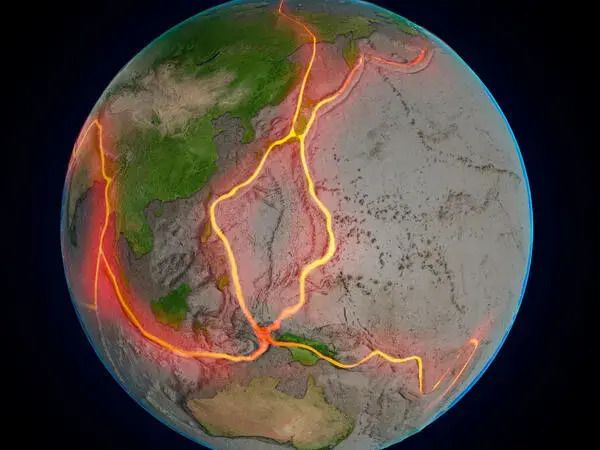
Anderson and her co-authors set out to investigate the current assumptions about the fault zone’s shape by mapping kilometers of bedrock across western Washington, resulting in a more detailed image of the region’s geologic structure. Gravity and magnetic fields vary across the Earth’s surface depending on rock density and composition, therefore Anderson collated data for western Washington and combined it with seismic data. The researchers also gathered rock samples from geologic formations associated with various areas of the ancient fault and mountain system.
The researchers used computer models to see which, if any, of the hypotheses matched up with the gravity, magnetic and seismic data. The gravity data did not show a complex pattern, but the magnetic data revealed a key secret seismic data missed: deep in the crust, the bedrock consistently alternates between being more and less magnetic, suggesting slanted layers of changing rock type. In map view, features on either side of the Seattle fault zone angle away from each other; north of the Seattle fault zone, structures are angled north-northwest, while in the south, they’re oriented north-northeast.
Those wonky orientations gave Anderson pause; they hinted at an ancient mountain range, but to check that, Anderson needed to match up the map-view data with deeper rocks. To connect the map view with known, deeper bedrock geology, Anderson modeled a vertical profile of rocks underground and found some of those structures dip at different orientations underground, too.
“These are all very different orientations,” Anderson said. “It’s very hard to do that unless there’s a place where the structures get disconnected from each other and then restart.”
Anderson had stumbled upon a new possible explanation for the Seattle fault zone’s early history and why it’s reactivated today.
A tear in the crustal continuum
The results revealed that approximately 55 million years ago, as the subduction zone drew in a string of oceanic islands, the northern half of the island chain was subducted, while the southern half was added to the top of the crust, or obducted. Over the course of a few million years, the islands were obducted and crushed into a fold-and-thrust mountain belt with topology comparable to the Blue Ridge Mountains of Appalachia today.
The zone where the islands transitioned from subduction to accretion would have been under enormous strain and ripped apart.
“It would have been this slow, ongoing tear, almost like the crust unzipping itself,” Anderson said. “As this progressed, the tear fault got longer and longer.”
And that “torn” region overlaps perfectly with the modern Seattle fault zone.
The intense tearing would have stopped after the islands were crunched into the continent, but the damage was done. The zone of intense tearing created a fragmented, weakened crust, setting the geologic stage for the modern Seattle fault zone.
Beyond providing a probable explanation for the fault zone’s existence, the study’s findings on the geometry of Washington’s more ancient faults and geologic formations reveal important information about the bedrock beneath and inside the Seattle basin. This basin is packed with kilometers of looser sedimentary rock, which intensifies seismic ground shaking, and the new data can assist scientists in developing more accurate forecasts of future ground shaking in the area.
Anderson is eager to apply her results to investigate western Washington’s active faults next.
